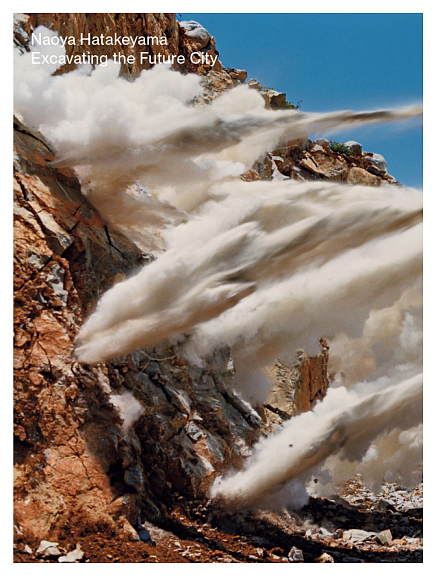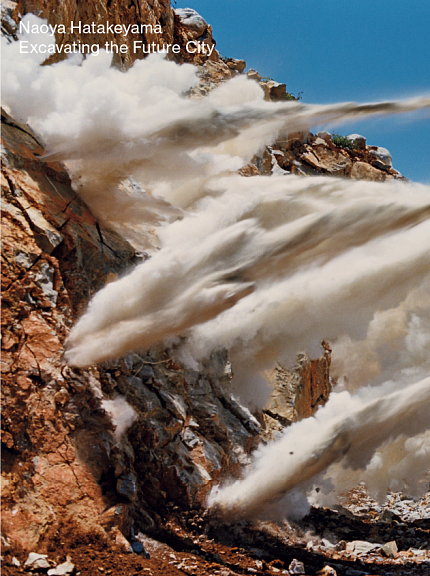-
Книги
- Нонфикшн
- Гуманитарные науки
- Деловая литература
- Естественные / Точные науки
- Книгоиздание
- Лайфстайл
- Словари / Энциклопедии
- Художественная литература
- Детектив
- Драматургия
- Классическая проза
- Мифология. Эпос
- Поэзия
- Собрания сочинений
- Современная художественная проза
- Фантастика. Фэнтези
- Биографии / Мемуары
- Графические романы / Комиксы
- Детские книги
- Воспитание. Педагогика
- Детский досуг
- О детских книгах
- Познавательная литература
- Художественная литература для детей
- Журналы / Зины
- Архитектурные
- Гуманитарные
- Журналы о моде
- Зарубежная периодика
- Искусство / Фотография
- Кино / Театр
- Лайфстайл
- Книги «Подписных изданий»
- Книги на иностранных языках
- Английский язык
- Испанский язык
- Итальянский язык
- Книги на иностранных языках для детей
- Немецкий язык
- Финский язык
- Французский язык
- Шведский язык
- Книги о кино
- Книги о музыке
- Книги о средневековье
- Книги о театре
- Книги о фотографии
- Книги об искусстве / Книги об архитектуре
- Альбомы по искусству
- Архитектура
- Декоративно-прикладное искусство
- Живопись
- Искусствоведение
- Орнаменты
- Прочее
- Танец
- Татуировка
- Творческое развитие
- Книги по философии
- Кулинарные книги
- Николай Солодников рекомендует
- Предзаказ
- Про дизайн / Про моду
- Путеводители / Книги о путешествиях
- Канцелярские товары
-
Подарки
- Брошки и значки
- Гирлянды
- Закладки
- Игры
- Календари
- Наклейки
- Наши сувениры
- Открытки
- Всякие-разные
- Наборы открыток
- Поздравления
- Про любовь и другие хорошие чувства
- С писателями и поэтами
- С цветами, овощами и фруктами
- С цитатами и другими фразами
- Подарочные сертификаты
- Постеры
- Прочее
- Сумки и шоперы
- Упаковка
- Подарочные сертификаты
Адрес магазина: Санкт-Петербург, Литейный пр., 57
Naoya Hatakeyama: Excavating the Future City
| Издательство | Aperture |
|---|---|
| Год издания | 2018 |
| Переплет | Мягкий |
| Страниц | 276 |
| Формат | 222x296 мм |
| Язык | Английский |
| ISBN | 978-1-59711432-5 |
| Артикул | 1124245 |
For the past thirty years, Japanese photographer Naoya Hatakeyama has undertaken a photographic examination of the life of cities and the built environment.
Each of his series focuses on a different facet of the growth and transformation of the urban landscape—from studies of architectural maquettes to the extraction and use of natural materials such as limestone, as it is quarried via explosive blasts and subsequently incorporated into the construction of new buildings. In particular, Hatakeyama has routinely returned to the Tokyo-Yokohama metropolis, exploring this ever-evolving urban sprawl from both below and above, mapping the growth and expansion of these sites over time. Additional series focus on other forms of human intervention with the landscape and natural materials, including factories and building sites in Japan and abroad. Finally, his most recent photographs of his hometown of Rikuzentakata, a fishing town that was almost completely destroyed by the March 11, 2011 earthquake and tsunami, are also included—an ongoing series begun almost immediately following the disaster. These photographs hauntingly embody the death and rebirth of the city, manifesting a deeply personal connection to the ongoing intersection of geology, architecture, and time.
Подписка на рассылку
Мы будем присылать вам обзоры книг, промокоды и всякие-разные новости




